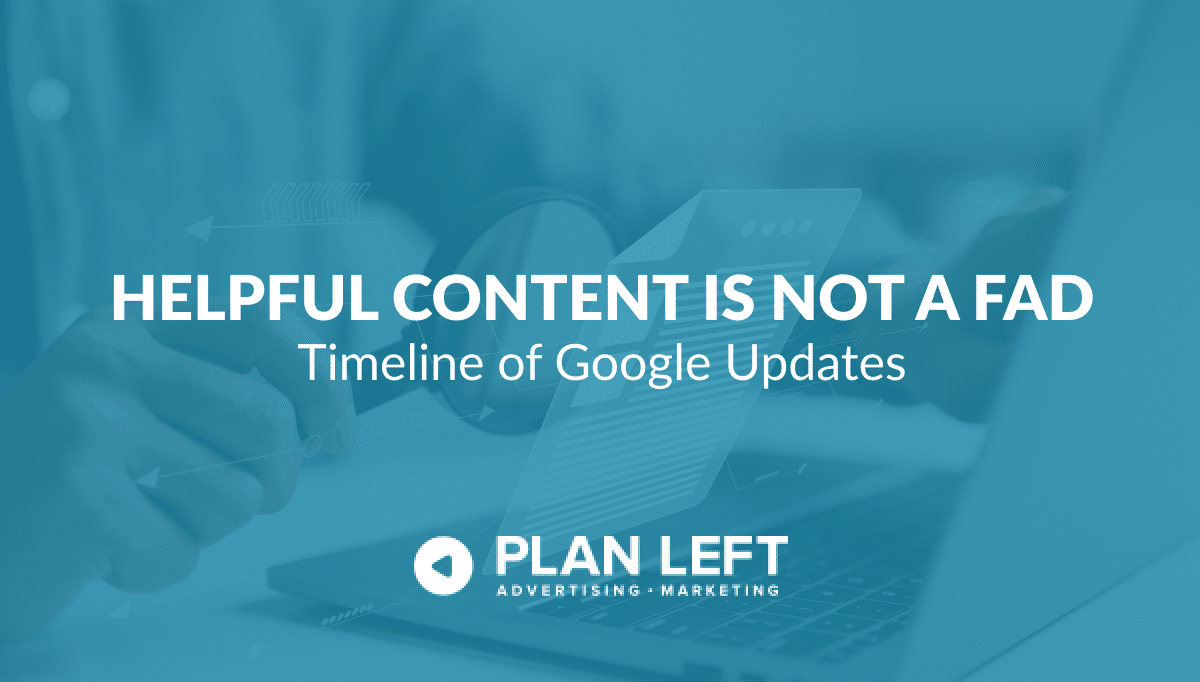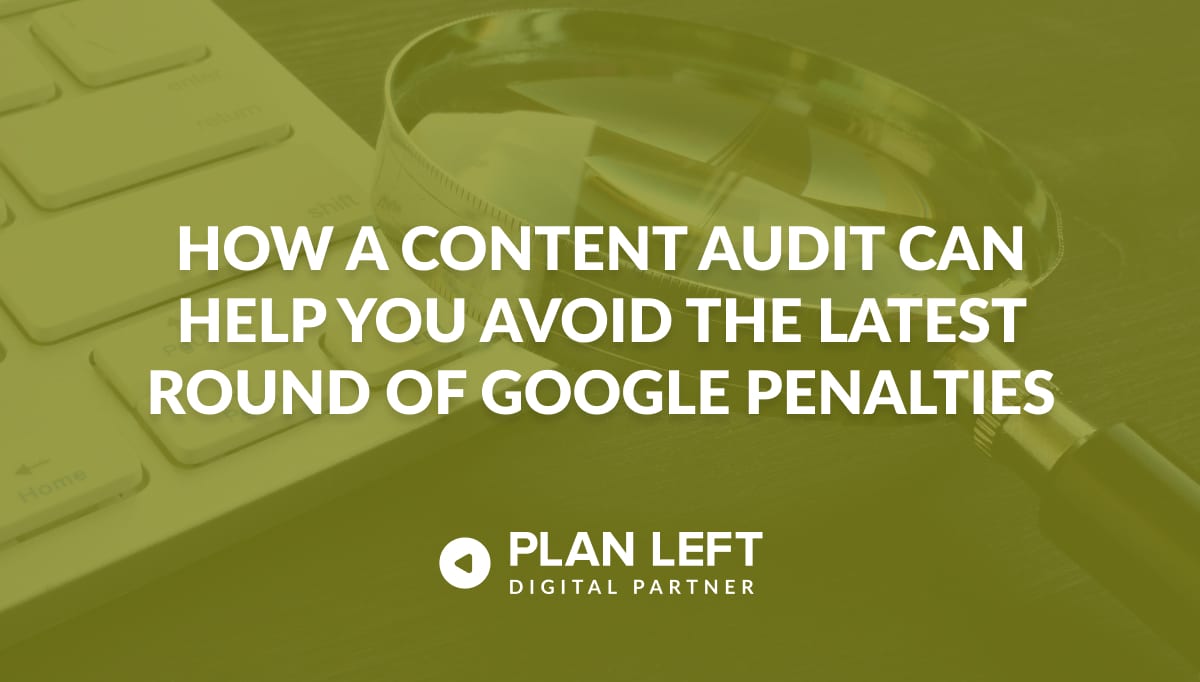
Think for just a moment about the biggest brands in the world. Your mind probably goes straight to Coca-Cola, Nike, Wal-Mart, Starbucks, and Apple. What is it that sets these companies apart from others with similar products? Why do we think of Coke before Pepsi? What makes Wal-Mart the place to shop for great deals when K-Mart struggles to stay afloat?
The answer? Great branding.
Many companies make the mistake of believing the two are synonymous. Then there are those companies that dive right into marketing without ever once considering their company vision and public perception. These are the businesses that will struggle from day one to capture their true audience. After all, what would Starbucks be without its identity and vision? They’d just be like any other coffee shop that you pass every day.
So, where exactly does branding fit into your marketing efforts? Always first. And here’s why:
Branding When Developing Your Logo
Before you begin logo design, you must first consider what you want that logo to say about your company. How will it support and communicate your company image, mission, and buyer personas? Which colors will attract the audience you seek? Can you use humor to convey your unique value proposition through your logo image and tagline?
These are all things you must first consider before you even begin to sketch the first draft of your logo design. Remember: Without a strong brand backing that logo, it doesn’t matter what image you use. Would the Nike swoosh convince you to buy a pair of shoes if you weren’t already familiar with the company’s image and reputation?
Branding When Optimizing for Searches
You can’t possibly determine how you want your target customers to find you if you don’t first understand what they’ll search for. Knowing your brand and developing your website and content around that vision is the best way to optimize for search engines. Don’t ask yourself what to post; ask yourself why you need to post it. How does it appeal to your buyer? What pain points can you solve for your customers? When you understand these things, you’ll be one step closer to a powerful SEO strategy, and all from determining your brand values.
Next, focus on telling your stories rather than cramming keywords wherever you can get them. Work to form bonds between your brand and your customers with interesting, relevant, quality content. Appeal to your buyers’ emotions, logic, and ethics. These will remain even after Google makes yet another change to their SEO quality guidelines, keeping your brand intact no matter what happens.
Branding When Marketing
This is where so many people become confused. Your brand is the driver; your marketing is the vehicle. Without a driver, that vehicle goes nowhere, right? Before you can create your marketing campaigns, you must fully understand your unique value proposition—what sets you apart from your competitors—and your buyer personas. When your marketing campaign is over, these two things will remain, ready to drive your next marketing efforts.
Your brand strategy also helps you develop your voice, the tone you use for all communication, whether in text on your website, images and video, or on your social media networks. Without a brand driving the tone, you’ll only end up confusing people.
Have you put any of these things before your brand strategy? Maybe you had everything confused all along and need help separating your brand from your marketing campaigns. If we can help, let us know. We’ll get you started at square one so you can build a brand that stands the test of time, regardless of marketing trends and SEO guidelines.
Explore Latest Posts
Google says the quality of your webpage is a ranking factor, but what is ‘quality’ according to Google? That would ... read more
April 19, 2024
In 2011, Google first changed how content was written with the Panda Update by changing how keywords could be used ... read more
April 17, 2024
The latest Google algorithm changes have shaken the search marketing world. While the Google Spam update has finished, the Google ... read more
April 16, 2024
MARKETING insights
Join the Thousands Who Receive Our Twice-Monthly Newsletter.
It's hard to keep up. Our newsletter is packed with buyer behavior insights, the latest marketing and technology updates, work/life balance tips, and—because we ❤️ our support staff—adorable pets looking for forever homes. Only twice per month. No clogged inboxes. You can't say no.




